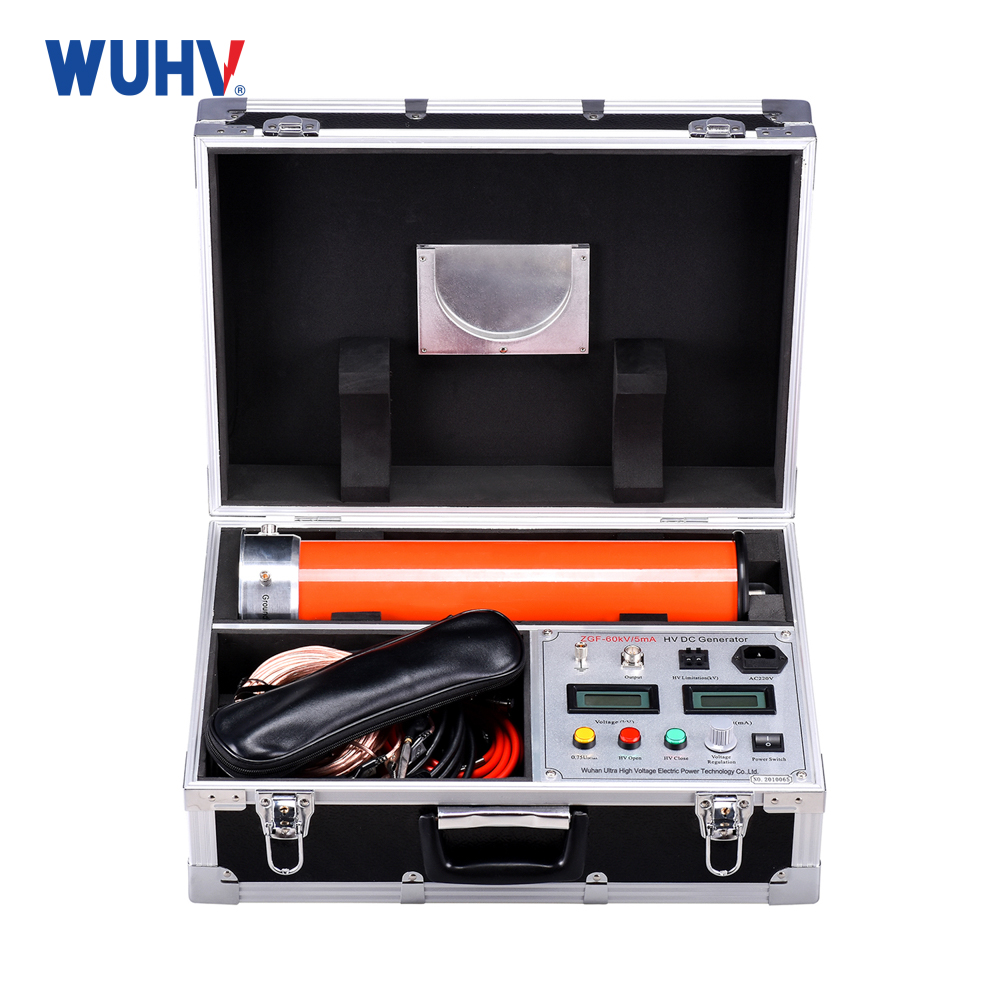The AC Resonant Test Set under UHV power can help many power workers conduct various power tests more conveniently.

At the resonant frequency, the reactor and load convert the excitation square wave voltage into an ideal sine wave. The parameter selection of high-voltage reactors must fully consider the power and frequency range of the test sample. The existing reactive power compensation equipment in the power system includes two types: static reactive power compensation devices and dynamic reactive power compensation devices. The former includes parallel capacitors and parallel reactors, while the latter includes synchronous compensators (phase-shifters) and static reactive power dynamic compensation devices (SVS).
The combination of single-stage reactors can meet the optimal configuration of the circuit, ensuring the output voltage and frequency range. The voltage level of each stage reactor can be determined separately. The advantages of this type of reactor are easy combination and transportation, but the disadvantages are short operating time. The box type reactor is specially designed for cable field testing and is an oil immersed naturally cooled reactor. It can use capacitive porcelain bushing output or cable terminal type SF6 recharge output. The output standard cable becomes the basic load of the system and is connected to the terminal of the tested cable.
The function of a parallel resonant reactor is:
1. It can weaken the capacitance effect, limit the system's power frequency voltage rise and operating overvoltage. Its disadvantage is the fixed capacity parallel reactor. When the transmission power of the line approaches the natural power, it will cause an excessive decrease in the line voltage and additional active power loss. However, if it is cut off, the line may also experience unacceptable overvoltage due to loss of compensation in some cases.
2. Absorb capacitive current, compensate for capacitive reactive power, and achieve reactive power balance in the system. By using a controllable reactor, it changes the saturation of the iron core (i.e. the operating point) through the excitation of the control circuit DC, thereby achieving smooth regulation of reactive power output.
Characteristics of series resonant reactor:
1. The large screen displays test data, test status, and has real-time operation step indication function.
2. Can flexibly adjust the test voltage, frequency range, and pressurization time.
3. The test results can calculate the capacitance value of the test sample and be printed.
4. Small size, light weight, and easy operation.
5. High resolution, frequency resolution of 0.01Hz, and voltage resolution of 0.01V.
6. High safety and reliability, the system has overvoltage, overcurrent, and discharge protection functions to ensure personal and equipment safety.
7. Upgradeable operating software.
The role of series resonant reactors in power systems. The capacitance effect on lightly unloaded or lightly loaded lines is used to reduce power frequency transient overvoltage and improve voltage distribution on long-distance transmission lines; To balance the reactive power in the line as much as possible under light load, prevent unreasonable flow of reactive power, and also reduce power loss on the line; When the large unit is parallel to the system, reduce the steady-state voltage of the power frequency on the high-voltage bus to facilitate the synchronous parallel connection of the generator and prevent the possible self excitation magnetic resonance phenomenon of the generator with a long line; When using a small reactance grounding device for the neutral point of a reactor, a small reactor can also be used to compensate for the phase to phase and phase to ground capacitance of the circuit, in order to accelerate the automatic extinguishing of the secondary current and facilitate the use of single-phase rapid reclosing.



















